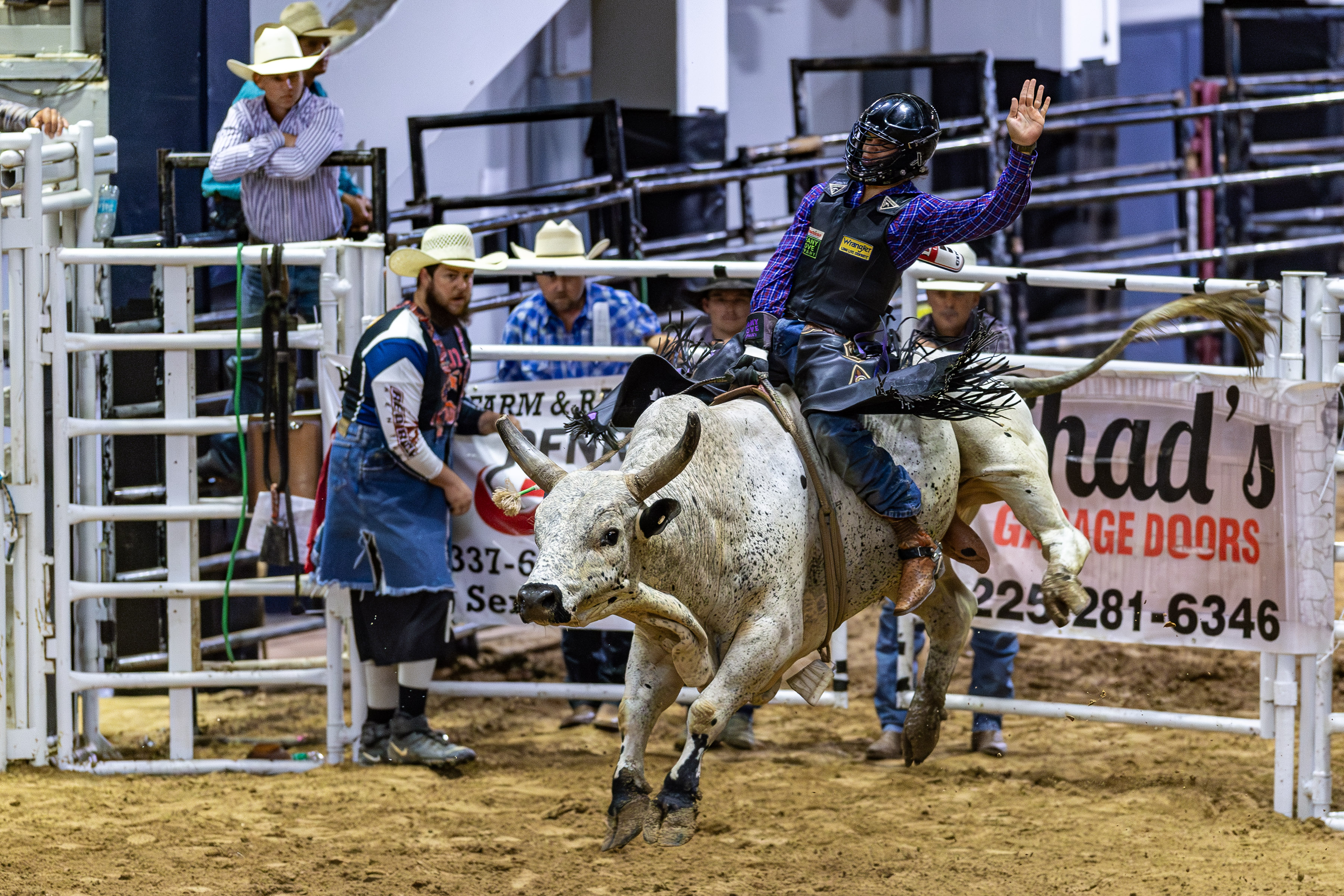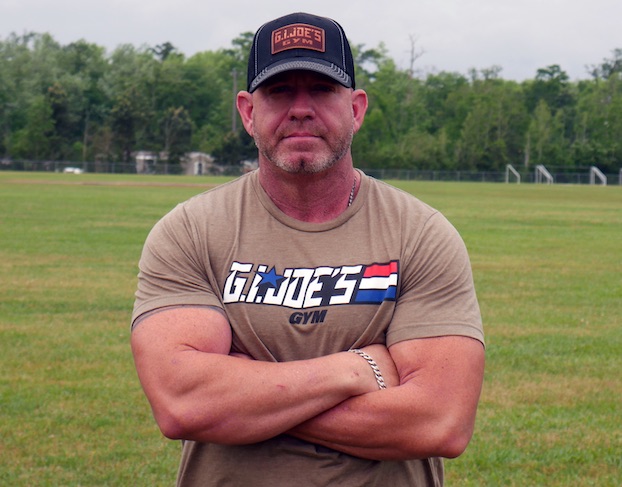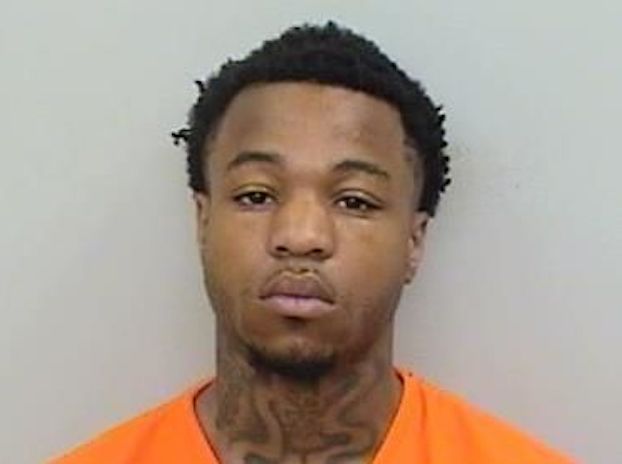George Young: HS teacher to architect of Giants’ Super Bowls
Published 3:07 pm Friday, July 23, 2021
By TOM CANAVAN
AP Sports Writer
EAST RUTHERFORD, N.J. (AP) — In an era when NFL teams chose general managers from the ranks of former players, coaches and personnel executives, George Young was ahead of his time with the New York Giants.
Young was a Renaissance man. He filled all the prerequisites and so much more in a career that earned the former high school teacher, coach and later NFL front-office executive a spot in the Pro Football Hall of Fame.
The imposing 6-foot-3, 350 pound former defensive tackle had multiple degrees in education. He never got to play in the NFL, but he became a general manager who ultimately turned the Giants from a laughable team into a champion.
“I think he was the ultimate professional football general manager,” current Giants co-owner John Mara said. “He started at the bottom as an assistant coach who rose through the ranks. He was a pure football guy who loved evaluating players, loved evaluating people. He was a constant reader, and you could converse with him on multiple subjects.
“But at his core, he really was the quintessential general manager.”
Young was a visionary with a sense of humor that took time to understand. The good-natured grouch loved to answer his phone calls from the media with: “Why are bothering me?” But he would answer every question. He was also playing Moneyball long before analytics were popular in sports.
Taking over one of the NFL’s founding member teams in 1979, Young transformed a franchise that had not been to the playoffs since 1963 into a two-time Super Bowl champion over the next 19 years.
Ernie Accorsi, who succeeded Young as Giants GM, remembers Young saying the Cowboys were light years ahead of teams in scouting in the late 1970s. One of Young’s first hires in 1980 was Tom Boisture, New England’s scouting executive.
Boisture had been a scout for Patriots GM Bucko Kilroy, who was Cowboys GM from 1965-70. He employed a number and letter system for rating players that prevented reaching for a draft pick.
Not only was the scouting modernized, so was the entire organization. Personnel was changed.
Young even had help at home, said his nephew Mike Connor, who lived with Young and his wife, Lovey, for a time in the 1980s. When he was away at games on weekends, Young had Lovey make DVDs of six to eight football games so George could get to work when he returned home.
“It was something because my aunt was not known for her digital technical skills,” Connor quipped. “That being said, she actually got classes training from someone to run the old DVD recorders. She would have three or four going on any weekend.”
It worked.
The Giants, who would draft Phil Simms, Lawrence Taylor, Joe Morris and Carl Banks, needed only three seasons to get to the playoffs. They went to the postseason eight times in Young’s tenure. They won three NFC East titles and Super Bowls in the 1986 and ’90 seasons with Bill Parcells coaching.
A five-time NFL Executive of the Year, Young was selected to the hall’s Class of 2020, one of 20 members chosen in conjunction with the league’s centennial. He was one of three contributors chosen from a list of 10 finalists by a special panel comprised of Hall of Famers, coaches, football executives and leading football historians.
Young was recognized posthumously in April by the hall and will be included in the induction festivities on Aug. 7-8.
“No one cared more about the game of football than George Young. He loved it and lived it for his entire life,” commissioner Paul Tagliabue said after Young’s death in 2001.
George Bernard Young was born on Sept. 22, 1930. His mother ran a bakery. His father owned a bar. Young was a Little All-America at Bucknell and was drafted by the Dallas Texans in 1952. He thought he made the NFL team.
Coach Jimmy Phelan cut him late, saying he was afraid of losing him to the Army during the Korean War. Young insisted the Army would not take him because he was legally blind. He quipped he once recovered a helmet he thought was a fumble.
Young returned to Baltimore and taught history and political science over the next 15 years at Calvert Hall College High School and later Baltimore City College, also a high school.
Even a tryout call from the Steelers couldn’t lure him back to football. Young wanted to teach.
BUt Young returned to the NFL in 1968, joining the Colts. Over the next six years, he worked as a scout, O-line coach (winning the Super Bowl in January 1971), offensive coordinator and director of player personnel.
Young was in line to become the next GM when a trade changed everything in 1972. In July, Robert Irsay bought the Los Angeles Rams and then traded the franchise to Colts owner Carroll Rosenbloom for his team. Irsay hired Joe Thomas as his GM and Young returned to coaching the Colts’ line — only to be fired late in training camp in ‘74. The move came after Atlanta coach Marion Campbell inserted his starters back into an exhibition game and Baltimore quarterback Bert Jones, the No. 2 overall draft pick the year before, was sacked on four straight plays, said Accorsi, who ran the Colts’ public relations department. Young was fired the next day.
“So George is out on the street and (Dolphins coach and GM Don) Shula hires him to scout the opponents for $100 a game to keep him alive. That’s what saved his career,” Accorsi said.
Shula hired Young as his director of player personnel in 1975 and he joined the Giants in ’79.
At the time, he was considered the compromise candidate NFL commissioner Pete Rozelle offered to the team’s feuding owners, Wellington and his nephew, Tim Mara.
John Mara said Young was actually suggested to Wellington by Hall of Famer Frank Gifford and teammate Tom Scott. Wellington Mara did some research and liked Young. He also knew he could never suggest him because Tim Mara would reject him.
So Wellington Mara got Rozelle to make the suggestion.
The result: The Giants found a way to win with George Young, a guy who never sought the spotlight. He was content to wear his Members Only sports coat, drive his Buick and make sure things were done the right way.
———
More AP NFL coverage: https://apnews.com/hub/NFL and https://twitter.com/AP—NFL





